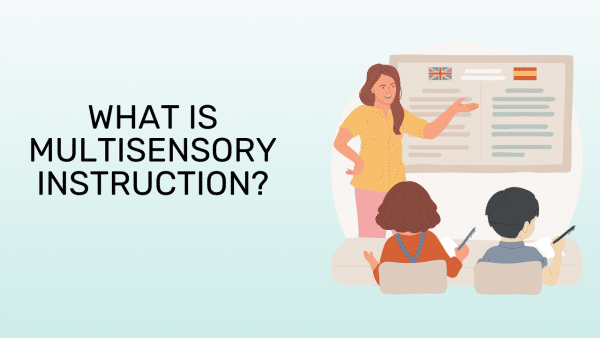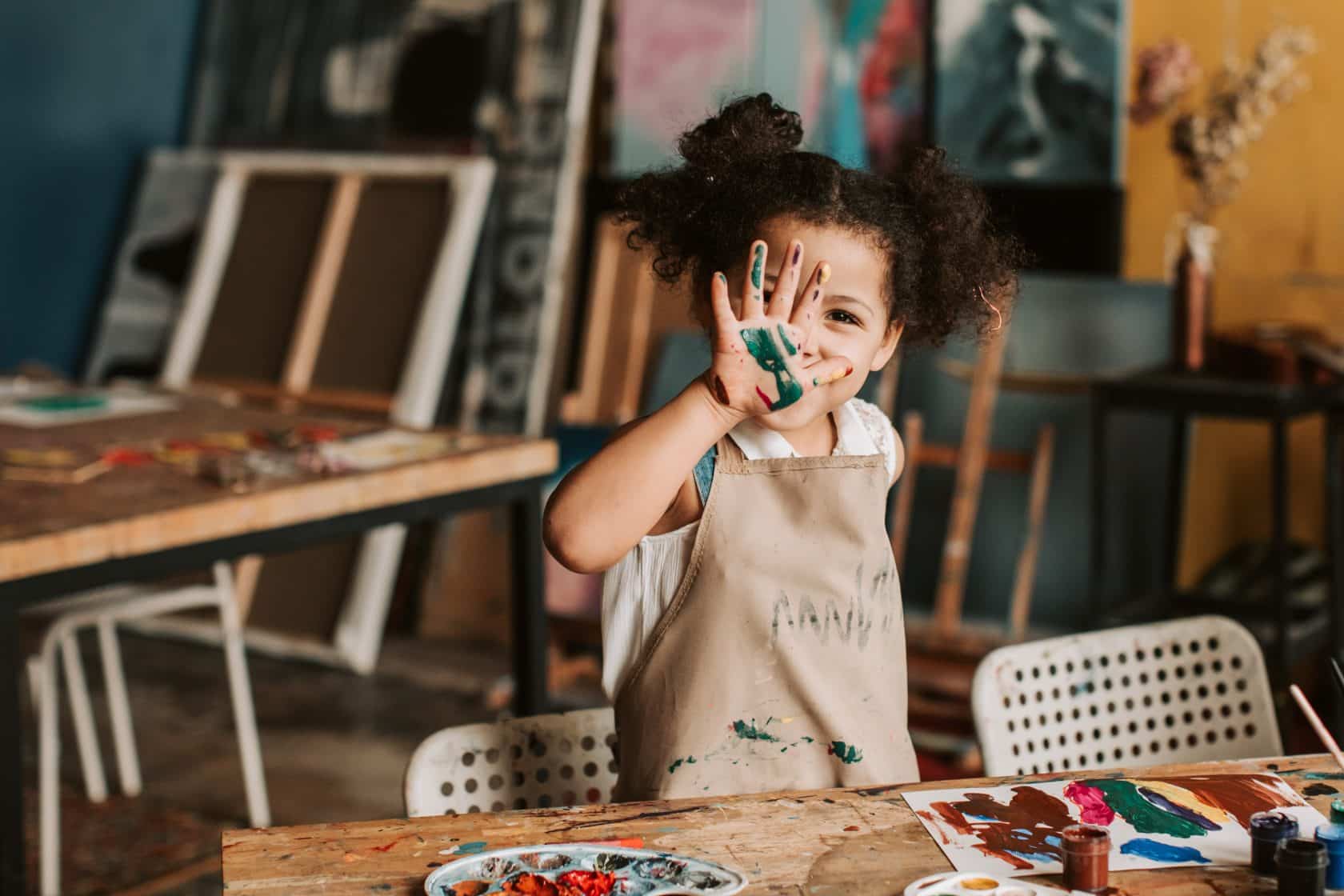Multisensory instruction is an effective teaching approach that engages multiple senses to enhance learning. By incorporating various sensory activities, students can better understand and retain information. Here are some examples of how multisensory instruction works:
- Visual aids: Presenting information through visual cues, such as charts, diagrams, and illustrations.
- Auditory elements: Utilizing spoken instructions, discussions, and audio recordings to reinforce concepts.
- Kinesthetic involvement: Encouraging students to physically interact with the material, like through hands-on experiments or role-playing.
- Tactile activities: Incorporating touch-based experiences, such as manipulating objects or using textured materials.
Multisensory instruction creates a dynamic learning environment where students can actively participate and absorb information through multiple sensory channels. Goally, our tablet, facilitates multisensory instruction with interactive apps for life and language skills. Through visual schedules, gamified learning, and skill-training videos, Goally engages kids with different senses for effective learning.
This post was originally published on Feb. 15, 2023. It was updated on July 6, 2023.












